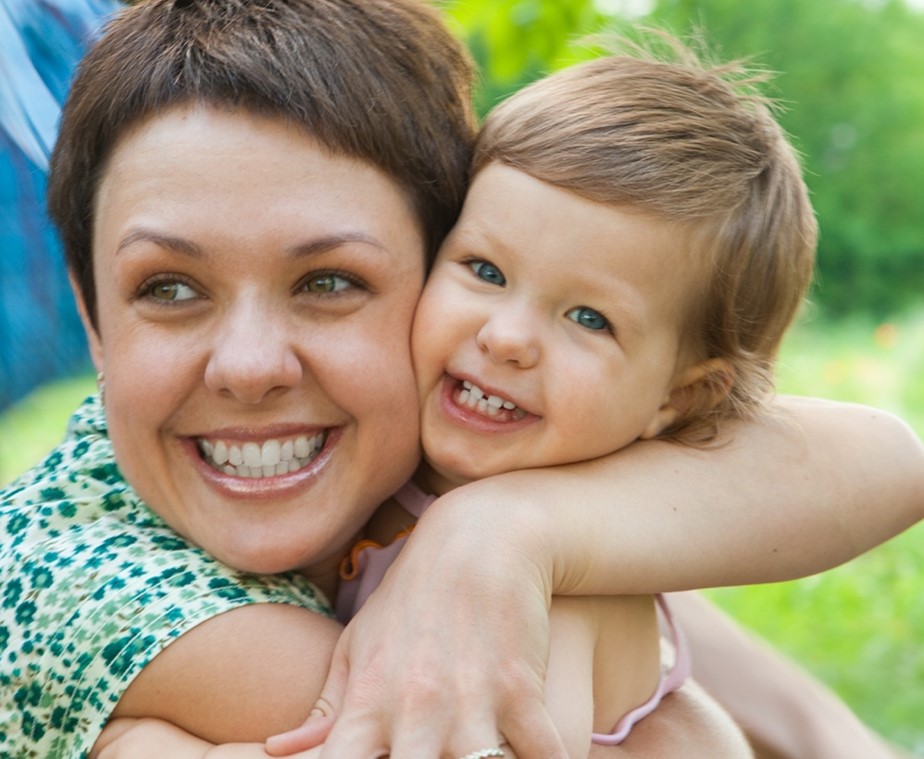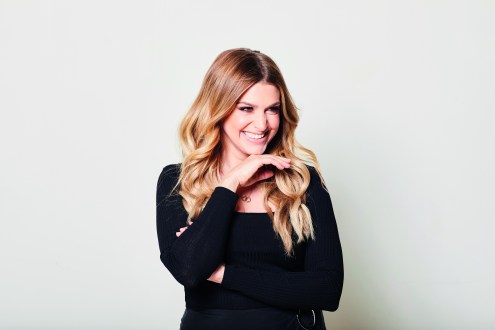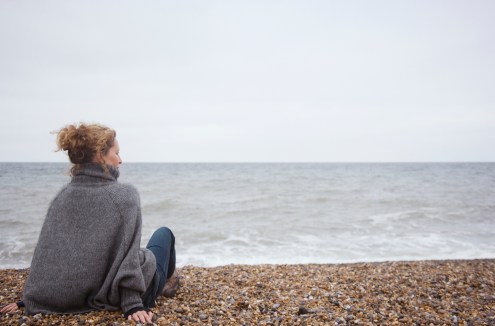The importance of promoting secure attachments with children
In this blog Ollie Coach Belinda Wells explains how important it is for children to build secure attachments and how this is the forerunner for good relationship skills.

As parents, when we build loving bonds with children, we develop ‘Secure Attachments’. These Secure attachments come from good or good enough parenting and they promote trust. They are the forerunner for good relationship skills. Some children, or parents find it difficult to build these bonds. If say, a parent suffers from mental health issues, is drug or alcohol dependent, or perhaps may not even have had secure bonds with their own parents or care givers, it may be very challenging to build bonds with their own children. If this is the case, the child may develop an Insecure Attachment. Insecure attachments are the result of poor, inconsistent or frightening parenting. The lack of good enough parenting can mean secure bonds are not formed and this can affect a child’s development.
A child has both physical and emotional needs. Where the child knows how to get their needs met, they have developed an ‘Organised’ or secure attachment. Disorganised or insecure attachments are where the child doesn’t know how to get their needs met and consequently, they cannot do so.
The 3 Insecure Attachment Styles are known as,
An Ambivalent, or Resistant Attachment, is usually caused by insensitive parenting, inconsistent parenting or rejection. This is where the child might know that the parent will not necessarily give them what they need, and their emotions may not be catered for. As a result, they make a great deal of effort to keep the caregiver near to them. They are needy children, might find it hard to concentrate or could be loud or chatty. They may become clingy, anxious, angry or even threatening.
An Avoidant Attachment is usually associated with rejection. They may have learned that their carers will not be able to provide for them physically or emotionally and so they stop seeking to have their needs met. This may result in them being withdrawn, quiet and emotionally are distant or don’t engage. They may appear isolated.
A Disorganised Attachment is the result frightening or violent parenting. This child may be disruptive, manipulative or controlling or show compulsive behaviours. Equally they could be non-responsive or angry and often cannot regulate their emotions.
There is often crossover and some children may show traits from attachment styles other that their own.
If we can see that a child has attachment problems, we can help the child by providing a secure base for them and then following this with nurturing or therapeutic care. Therapeutic Care is all about Nurturing and Connecting with a child before Correcting them. Once a child can build a secure attachment to one person, they can then build secure attachments with others. Everything starts with a Secure Foundation.
Developing a Secure Base from which to build.
For those children who have never had this, we can provide it for them and help them to learn to trust and build secure attachments. In the ‘Therapeutic House Model’ for caring, we start from the foundation and work up. Look at the bottom layer of the house. The Secure Base. This is where we start before adding on each of the next levels.
Once the foundation is secure, we then need to interact with the child as we would a ba

by or toddler, by being ‘Playful’, because children learn through play and it is a lovely way of connecting with them. We should be ‘Accepting’ of them and their feelings and emotions, in order to make them feel safe and secure. ‘Curious’ to find out what is going on as a mother does with a baby and ‘Empathetic’ towards the child to help them grow in confidence and develop trust. This is called PACE, a model pioneered by Dan Hughes which has played a central role in all family therapy for many years. When using PACE, we can use phrase like “I’m wondering,” “Tell me about it,” or, “How does that make you feel?” And then we become Attuned to the child, through Interacting with them, Connecting and Repairing any times when we are not attuned.
Then we can put in place the Structure needed for Security, whilst giving the child Supervision, Avoiding Confrontation and beginning to develop the use of Sanctions and Rewards and Relevant Consequences, as the child grows and develops, which helps the child to be able to manage their own behaviour, in a loving, nurturing and positive environment.
Belinda Wells, Ollie Coach
Belinda is an Ollie Coach and Foster Carer. Previously a Primary School Teacher, she now has over 20 years’ experience working with children. Her interests are psychology, how we think and why we behave as we do, and she loves learning and writing. Belinda enjoys seeing the difference her work as an Ollie Coach can make to the children and families she works with.
To get in contact with Belinda email Belinda.wells@ollieandhissuperpowers.com
To find out more about Ollie and his Super Powers and how to become an Ollie Coach go to https://www.ollieandhissuperpowers.com/pages/about-us
Caroline Chipper
Director
Co founder of Subconquest Ltd, that trades as Ollie and his Super Powers. My many years of commercial experience is being put to good use managing the business side of Ollie, including working with our Ollie Coaches, and managing our contracts. In everything we do its about making a difference to those we work with. To find out more go to https://www.ollieandhissuperpowers.com/pages/about-us


